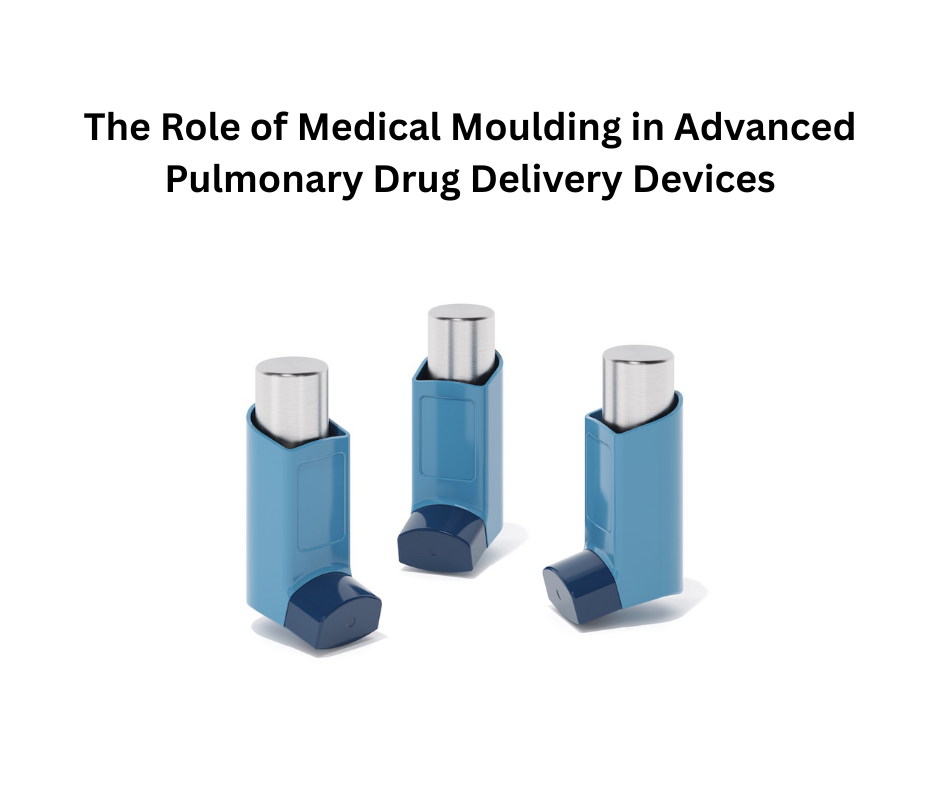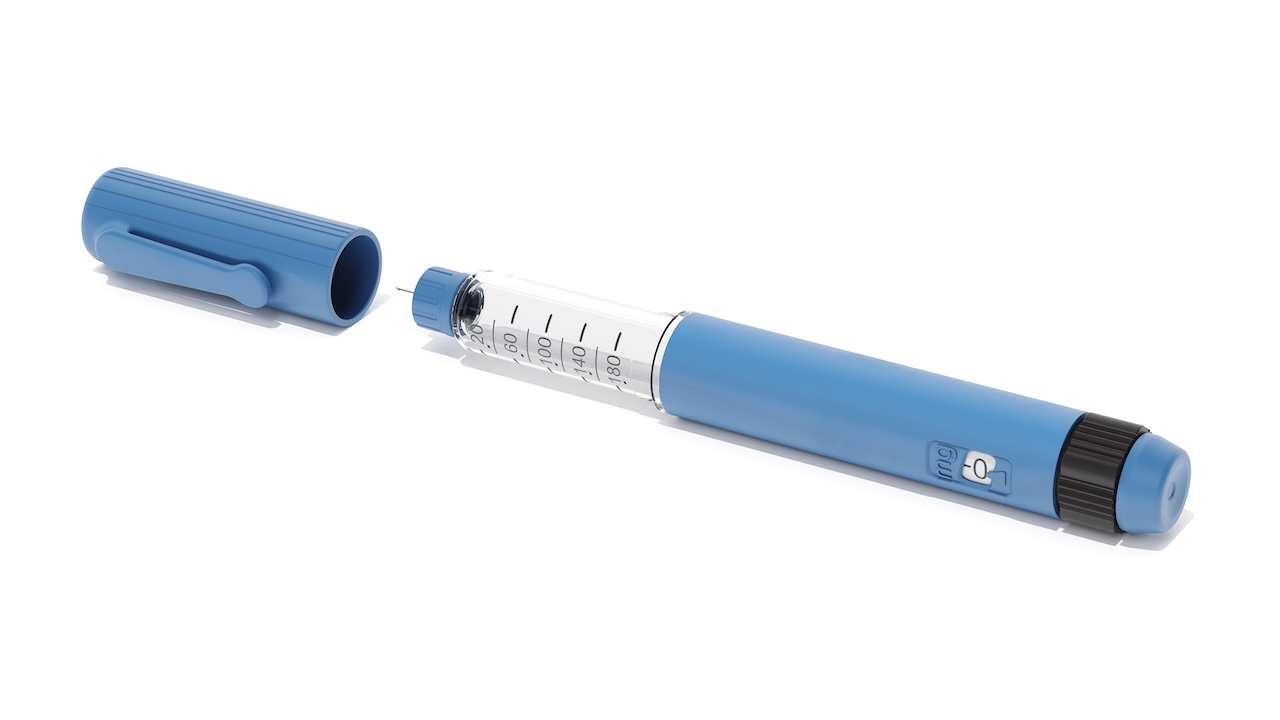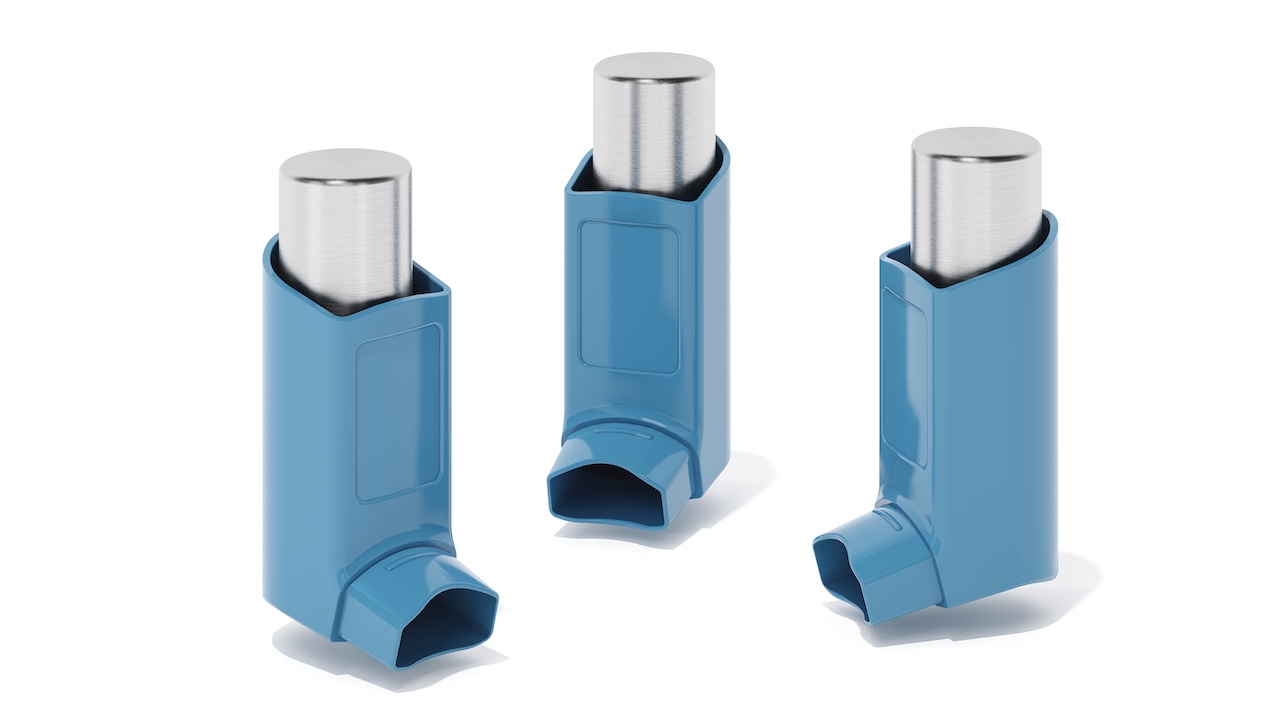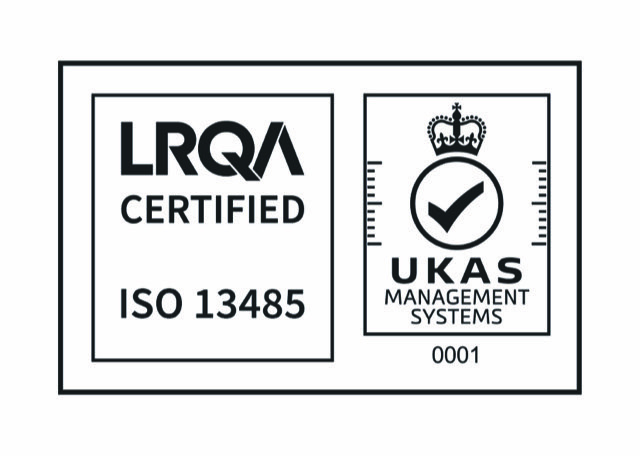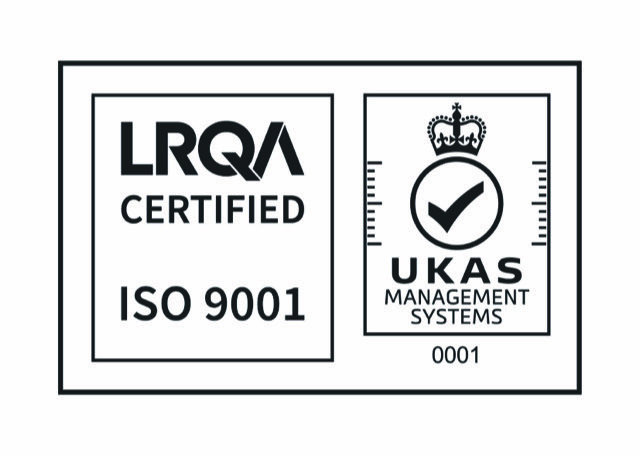Pulmonary drug delivery
What is Pulmonary drug delivery?
Pulmonary drug delivery is an emerging technology that targets the lower airways and lungs directly through inhalation. Key methods include nebulisers, dry powder inhalers, and metered dose inhalers. Compared to other drug administration methods, pulmonary delivery offers advantages such as rapid drug absorption and non-invasive application.
In Pulmonary drug delivery, when medicine is breathed through the mouth, it can directly target the lower airways and lungs. Treatment for respiratory diseases can be accessed directly through the lung.
The market for pulmonary drug delivery systems is growing fast, mainly due to the increasing preference of pulmonary route of drug delivery, new technology and an increase in the number of pulmonary diseases. According to a recent report, the pulmonary drug delivery market was at USD 55.26 billion in 2022, with the forecast to reach around USD 92.4 billion by 2032, with a compound annual growth rate (CAGR) of 6.6% between 2023 and 2030.
What are the benefits of Pulmonary drug delivery?
Pulmonary drug delivery is a favourite route for lung disease treatment thanks to its capability to deliver extremely small drug particle size.
Inhaled particle characteristics play a crucial role in drug deposition efficiency. The alveolar epithelium, with a thickness of 0.5 to 1.0 μm and a large surface area of 70 to 100 m², facilitates effective absorption (Nongkhlaw et al., 2020). Particles under 5 μm in diameter can deposit in the trachea and major bronchi, while larger particles tend to be trapped in the mouth and pharynx, potentially being absorbed through swallowing. Particles between 2 to 5 μm can reach the small airways (Rogliani et al., 2017; Sorino et al., 2020; Virchow et al., 2008). Aerosol properties, such as shape, density, and hygroscopicity, alongside patient factors like health and breathing patterns, further influence particle deposition in the lungs.
Pulmonary drug delivery is the preferred method for treating lung conditions such as asthma and chronic obstructive pulmonary disease (COPD), owing to the lungs’ large surface area and minimal physical barrier to absorption. Direct delivery to the lungs enables faster onset of action, greater efficacy at lower doses, and reduced systemic side effects (Sorino et al., 2020). This approach offers targeted treatment at the site of illness, avoiding the inefficiencies and adverse effects associated with systemic medication.
In addition, as an alternative to intravenous and subcutaneous injection, pulmonary medication administration is noninvasive. Since inhaled drugs have been around for a while, they are commonly acknowledged as the best mode of administration for treating obstructive pulmonary disorders including asthma.
What are the different types of Pulmonary drug delivery?
Advancements in particle engineering have led to a wide range of pulmonary drug delivery techniques, revolutionising drug formulations. The growing demand for new medications to treat various conditions has driven the development of innovative delivery strategies, further shaping the pulmonary drug delivery market.
Dry Powder Inhalers (DPI)
Dry powder inhalers (DPIs) utilise fine medicinal particles, capable of reaching even the smallest airways, to deliver medication in dry powder form. The typical DPI formulation consists of an ordered blend of larger carrier lactose particles, which optimise powder flow, and micronised drug particles (less than 5 μm in diameter). Alternatively, some DPIs employ a formulation of cospheronised drug combined with lactose, or loosely aggregated micronised drug particles, forming small spherules.
The advantages of DPIs include ease of use (as users do not need to time their breath), the absence of propellants (reducing environmental impact), and resistance to contamination from bacteria, viruses, and fungi. However, due to their powder-based formulation, DPIs are sensitive to moisture, which can cause powder to clump inside the device, disrupting the medication delivery mechanism. In emergency situations, users may struggle to inhale deeply enough if their airways are obstructed. Additionally, some older individuals may find it challenging to breathe quickly or deeply while using DPIs.
Metered Dose Inhalers (MDI)
Metered dose inhalers (MDIs) are devices designed to deliver medication via inhalation, typically with particle sizes of less than 5 μm. The MDI consists of a pressurised canister that releases medication as a spray or mist directly into the lungs. Commonly used to treat respiratory conditions such as asthma, chronic obstructive pulmonary disease (COPD), and other breathing disorders, MDIs are effective when used correctly. However, only about 20% of the medication reaches the airway, with the remainder being deposited in the oropharynx and subsequently swallowed.
Every inhaler consists of a mouthpiece and a little drug canister. When in use, users apply pressure on the pressurised canister, and breathe in slowly for 3 to 5 seconds, then hold the breath for 10 seconds to allow medicine to go dêply into their lungs.
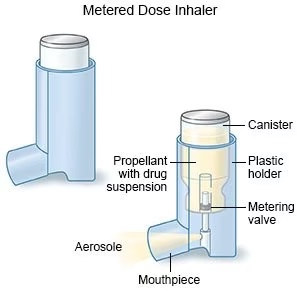
A typical Metered Dose Inhaler (Photo: Drugs.com)
Nebulisers
A nebuliser, using a mouthpiece, generates a mist that users inhale to deliver liquid medication. This method allows faster absorption into the lungs, enabling quicker entry into the bloodstream for rapid relief. While both inhalers and nebulisers administer medication to the lungs, nebulisers are electric devices that spray a fine mist through a mask or mouthpiece, whereas inhalers are portable devices typically used with a spacer to deliver medicine in spray form. Nebulisers are commonly used for a range of medications, including bronchodilators, hypertonic saline solutions, and antibiotics for treating and preventing infections.
Compared to other inhalers, nebulisers are generally easier to use for medication administration. However, they may be less suitable for young children, who might struggle to remain still during the up-to-ten-minute delivery time. In contrast, inhalers are typically more compact and portable, making them more convenient for travel, whereas nebulisers can be bulkier and less practical for on-the-go use.
Ultra-precision moulds for inhaler manufacture
To efficiently produce delicate drug delivery systems, such as inhalers, at scale, designers and manufacturers must utilise advanced engineering techniques like ultra-precision mould manufacturing and injection moulding. The precision of the injection moulding process directly impacts device fit, functionality, and dosage accuracy, thereby influencing overall performance. Therefore, it is essential for pulmonary drug delivery system developers to collaborate with manufacturers experienced in ultra-precision injection moulding, preferably those with in-house mould design and manufacturing capabilities, ensuring both efficiency and cost-effectiveness throughout the project.

Photo: Micro System’s has extensive experiences in ultra precision mould design, mould manufacture and injection moulding (Micro Systems)
Using our extensive knowledge and expertise in micro mould manufacture and precision injection moulding, Micro Systems produces the best medication delivery devices for our medical device clients. WIth our ISO Class 7 and 8 cleanrooms, ISO 9001 and ISO 13485 accreditations, and the latest technology in micro engineering and injection moulding, we can cater all your pulmonary drug delivery requirements, from prototyping to mass production.
Contact us today to discuss your Pulmonary drug delivery projects!
Reference:
Nongkhlaw, R. et al. (2020) ‘Biologics: Delivery options and Formulation Strategies’, Drug Delivery Aspects, pp. 115–155. doi:10.1016/b978-0-12-821222-6.00006-3.
Sorino, C. et al. (2020a) ‘Inhalation therapy devices for the treatment of obstructive lung diseases: The history of inhalers towards the ideal inhaler’, European Journal of Internal Medicine, 75, pp. 15–18. doi:10.1016/j.ejim.2020.02.023.
Rogliani, P. et al. (2017) ‘Optimizing drug delivery in COPD: The role of Inhaler Devices’, Respiratory Medicine, 124, pp. 6–14. doi:10.1016/j.rmed.2017.01.006.
Virchow, J.C. et al. (2008) ‘Importance of inhaler devices in the management of airway disease’, Respiratory Medicine, 102(1), pp. 10–19. doi:10.1016/j.rmed.2007.07.031.

